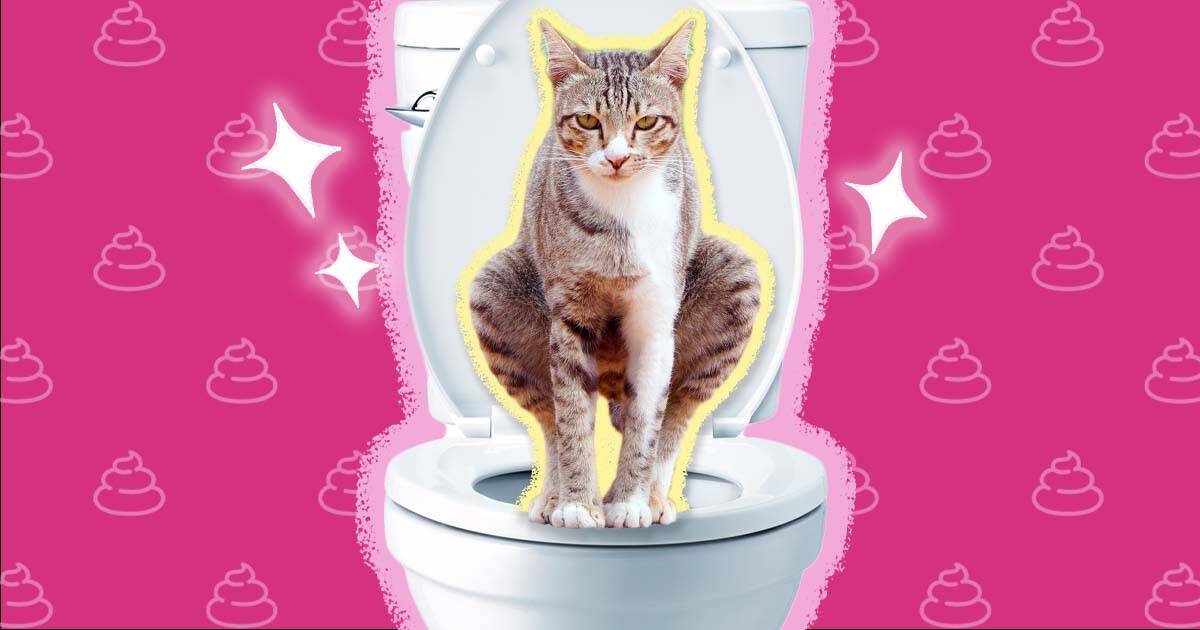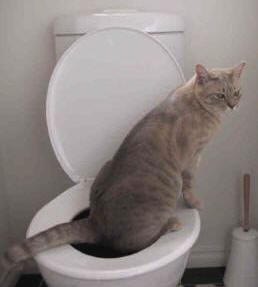Which You Should Avoid Flushing Animal Waste Down the Toilet
Which You Should Avoid Flushing Animal Waste Down the Toilet
Blog Article
The article which follows pertaining to 10 Things You Should Never Flush Down The Toilet is without a doubt entertaining. Don't miss it.

When it pertains to getting rid of waste, particularly animal waste, many people often consider the hassle-free choice of flushing it down the commode. Nevertheless, this seemingly very easy solution can have significant consequences for the atmosphere and public health. In this post, we'll check out why flushing animal waste down the commode is a poor idea and give different techniques for proper disposal.
Intro
Proper garbage disposal is vital for preserving ecological sustainability and public health. While it may appear safe to flush animal waste down the bathroom, it can lead to numerous concerns, both for the environment and human health.
Dangers of flushing pet waste
Environmental influence
Flushing pet waste introduces unsafe germs and microorganisms right into waterways, which can negatively influence water ecosystems. These microorganisms can infect water sources and injury marine life, disrupting delicate ecological communities.
Public health issues
Animal waste consists of dangerous bacteria such as E. coli and Salmonella, which can present significant health dangers to humans. Purging pet waste down the commode can infect water supplies, causing the spread of conditions and infections.
Alternatives to flushing
Instead of flushing pet waste down the commode, there are a number of alternate disposal methods that are more eco-friendly and hygienic.
Composting
Composting pet waste is an eco-friendly method to throw away it. By composting, organic matter is broken down right into nutrient-rich dirt, which can be used to fertilize gardens and plants.
Landfill disposal
Throwing away pet waste in a landfill is another option. While not as eco-friendly as composting, it is a more secure choice to flushing, as it prevents the contamination of water sources.
Pet waste disposal systems
There are specialized animal waste disposal systems offered that safely and hygienically get rid of pet waste. These systems commonly use enzymes to break down waste and remove odors.
Steps to correct animal garbage disposal
To make sure proper disposal of animal waste, adhere to these actions:
Scooping and landing waste
Regularly scoop and bag pet waste making use of eco-friendly bags. This avoids waste from contaminating the environment.
Making use of marked waste containers
Dispose of bagged animal waste in designated waste containers, such as garden compost bins or landfill bins. Avoid flushing it down the toilet in all expenses.
Cleaning up litter boxes and pet dog locations on a regular basis
Frequently clean can and pet locations to avoid the buildup of waste and microorganisms. Usage pet-safe cleaning items to preserve hygiene.
Advantages of appropriate disposal techniques
Adopting correct disposal techniques for pet waste uses several advantages:
Minimized environmental pollution
Proper disposal approaches decrease the danger of environmental pollution, protecting rivers and ecosystems from contamination
Decreased danger of water contamination.
By staying clear of flushing animal waste down the commode, the danger of water contamination is significantly minimized, protecting public health.
Enhanced cleanliness and health
Appropriate disposal approaches promote far better cleanliness and health, creating a much safer setting for both people and pets.
Conclusion
To conclude, purging animal waste down the bathroom is harmful to the atmosphere and public health. By taking on different disposal approaches and complying with correct waste management methods, we can lessen the negative impact of pet waste and add to a cleaner, healthier planet.
What To Do With Dog Poo – The Do's And Don'ts Of Disposing Of Faeces
Dog poo bins
Some councils provide dedicated dog waste bins in popular dog-walking areas that can take dog poo that has been bagged but you can legally dispose of dog waste in any public litter bin, as long as it is securely bagged. This also applies to your wheelie bin at home.
Do not flush
Water companies do not recommend flushing dog faeces down the toilet because certain parasites can survive the water processing treatment and are potentially harmful to humans. You should also never consider flushing dog poo that has been bagged down the toilet as the bags will not break down and instead create severe blockages in the sewage system.
In the woods
The Forestry Commission promotes a ‘stick and flick’ method for dealing with waste in the woods. This means finding a stick and using it to flick any poo from off the path so that it is out of the way of other walkers. You could also bury it as long as it is not in an area where there might be livestock.
Livestock
Parasites found in dog poo can be transmitted to livestock if they inadvertently eat infected faeces that has been left on grazing land. This could result in the death of sheep or abortion in cattle so you should always make sure you pick up your dog’s waste in fields where livestock could be present.

Frequently clean can and pet locations to avoid the buildup of waste and microorganisms. Usage pet-safe cleaning items to preserve hygiene.
Advantages of appropriate disposal techniques
Adopting correct disposal techniques for pet waste uses several advantages:
Minimized environmental pollution
Proper disposal approaches decrease the danger of environmental pollution, protecting rivers and ecosystems from contamination
Decreased danger of water contamination.
By staying clear of flushing animal waste down the commode, the danger of water contamination is significantly minimized, protecting public health.
Enhanced cleanliness and health
Appropriate disposal approaches promote far better cleanliness and health, creating a much safer setting for both people and pets.
Conclusion
To conclude, purging animal waste down the bathroom is harmful to the atmosphere and public health. By taking on different disposal approaches and complying with correct waste management methods, we can lessen the negative impact of pet waste and add to a cleaner, healthier planet.
What To Do With Dog Poo – The Do's And Don'ts Of Disposing Of Faeces
Dog poo bins
Some councils provide dedicated dog waste bins in popular dog-walking areas that can take dog poo that has been bagged but you can legally dispose of dog waste in any public litter bin, as long as it is securely bagged. This also applies to your wheelie bin at home.
Do not flush
Water companies do not recommend flushing dog faeces down the toilet because certain parasites can survive the water processing treatment and are potentially harmful to humans. You should also never consider flushing dog poo that has been bagged down the toilet as the bags will not break down and instead create severe blockages in the sewage system.
In the woods
The Forestry Commission promotes a ‘stick and flick’ method for dealing with waste in the woods. This means finding a stick and using it to flick any poo from off the path so that it is out of the way of other walkers. You could also bury it as long as it is not in an area where there might be livestock.
Livestock
Parasites found in dog poo can be transmitted to livestock if they inadvertently eat infected faeces that has been left on grazing land. This could result in the death of sheep or abortion in cattle so you should always make sure you pick up your dog’s waste in fields where livestock could be present.

Do you really like more info about Should you flush animal waste down the toilet? Write a review down below. We will be delighted to know your ideas about this piece. We are looking forward that you come back again later on. So long as you liked our post if you please make sure you remember to pass it around. We truly appreciate your readership.
This Post Report this page